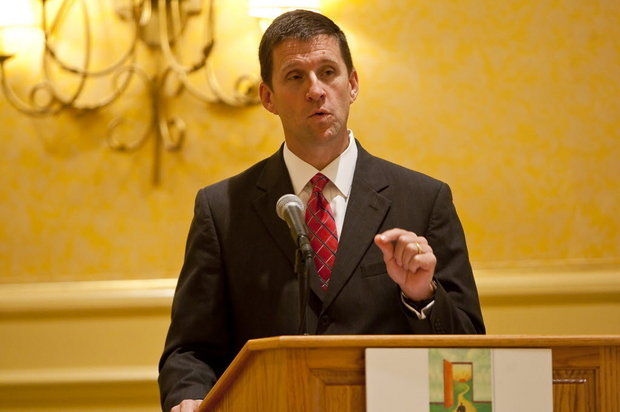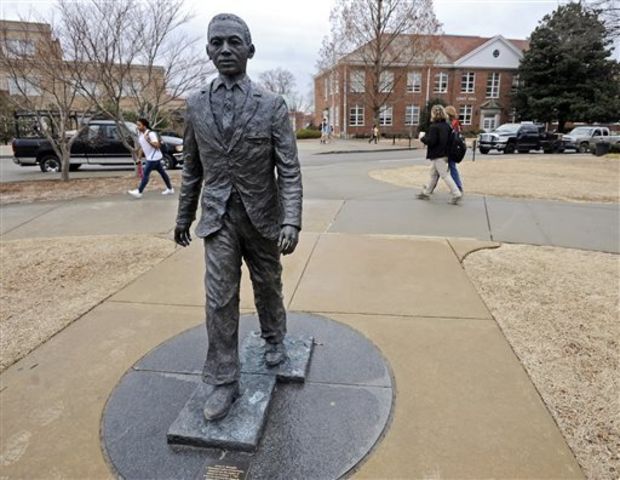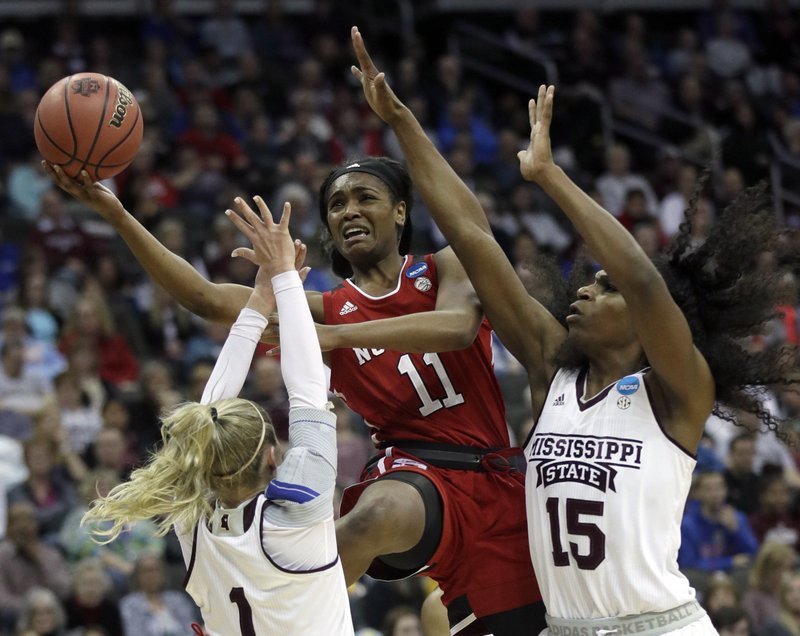

JACKSON, Mississippi (AP) — Tuition is going up at five of Mississippi’s eight public universities.
The College Board gave final approval to tuition plans for the next two academic years Thursday, after giving preliminary approval in October.
The University of Mississippi and Mississippi State University will raise tuition by 5 percent or more each year. Yearly charges at those two and the University of Southern Mississippi will rise above $7,000 in 2015.
Alcorn State University and Jackson State University plan to raise tuition by smaller percentages than Ole Miss and MSU.
Average in-state tuition and fees would rise 2.8 percent to $6,509 in fall 2014. In 2015, average tuition would rise 3 percent to $6,703.
Delta State University, Mississippi Valley State University and Mississippi University for Women plan no increases over the next two years.
University officials say the money will mainly be used to provide pay raises for faculty members.
“We need to recognize that we are in a perilous place right now in terms of faculty compensation,” Higher Education Commissioner Hank Bounds told trustees.
In 2011-12, the average professor at a Mississippi public university made $64,657, according to Southern Regional Education Board figures. That was 14 percent below the southern public university average of $75,119 and 19 percent below the national average of $79,511.
All schools except Delta State and USM raised faculty pay this year, according to College Board figures, but officials say salaries still lag behind.
“That puts us at great jeopardy of losing our best and brightest,” said trustee Aubrey Patterson of Tupelo.
He said that because state funding has declined sharply as a share of university revenue, institutions don’t have the ability to meet their requirements without more tuition even when state funding goes up, as it did modestly in the current budget year.
“Nearly two-thirds of our needs are being fulfilled by tuition,” Patterson said.
Many students don’t pay the sticker price, thanks to federal, state and college-based aid. In 2010-2011, Mississippi university students typically got $6,400 worth of aid, SREB figures show. That covering about one-third of the total cost of attendance, once room, board, books and transportation were factored in.
Tuition charges are increasing much faster than family incomes, and students are generally borrowing more money to attend college.
“We recognize that the population we serve is a poor population and we are trying to make sure we think about that,” Bounds said.
The schools that requested no increase or small increases are those who are trying to build enrollment as a way to raise revenue, while student bodies are at or near historic highs at Ole Miss and MSU.
Student government association presidents at MSU and USM said they support the increase.
“You’ve got to have a solid recruited faculty in order to have a solid student body,” said Michael Hogan, MSU student government president. “The money’s got to come from somewhere and tuition is a main, core revenue source.”
USM student leader Ann Marie Chilcutt acknowledged debt was a concern, but said the income boost from earning a college degree was still worth it.
“We all have to borrow money and it makes it hard,” she said. “I think the return on our investment at the end of the day will be just as good or better.”



